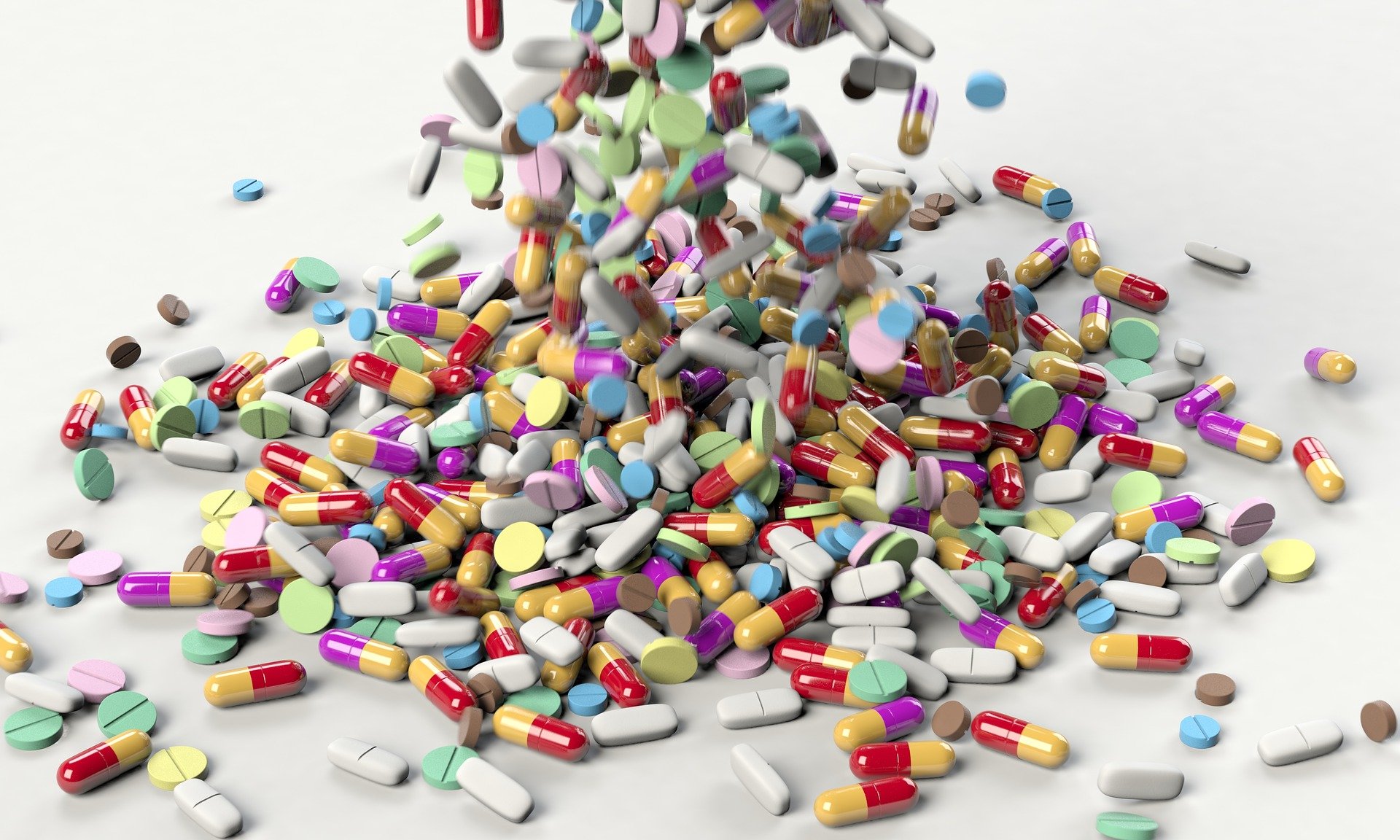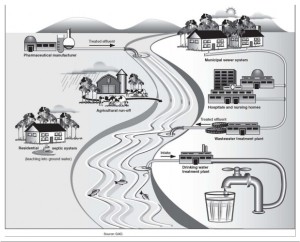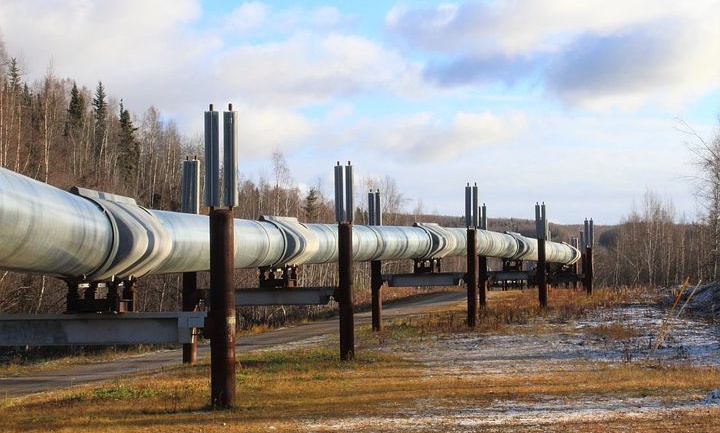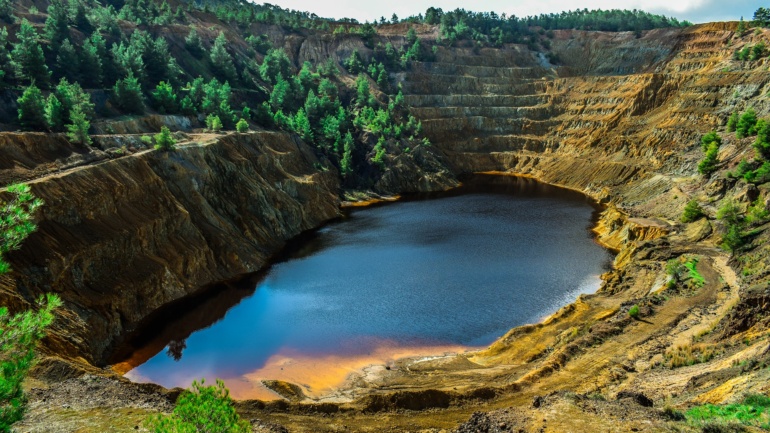Image by Arek Socha from Pixabay (no endorsement)
By Michelle Tinkham, Staff Writer for Save The Water™ | July 12, 2014
A report in 2008 by the Associated Press (AP) stated that 41 million unaware Americans have various trace amounts of pharmaceuticals, such as birth control pills, pain killers, and antibiotics in their drinking water due to the public flushing their unwanted medications 1. According to the AP report, even though these medications are found in small amounts, they can still have serious health risks to kidney, blood and breast cells especially to unborn children and pregnant/breast-feeding women 1. In addition, another study conducted in 2002 by the US Geological Survey stated that 80% of streams were also contaminated with medications 2. Sadly, at this time there is no mandate to test for these medications in the water supply nor are the definitive long-term effects from exposure, to humans and aquatic animals, known. Although, reproductive and growth problems, as well as organ failure in exposed fish and other water wildlife have been shown 2.
What has been found?
Although reported medications vary from area to area, some of the commonly discovered ones include:
- Antibiotics: Amoxicillin, Azithromycin, Bacitracin, Doxycycline, Penicillin G, Penicillin V, Sulfamethoxazole, Tetracycline ·
- Pain Relievers: Acetaminophen (Tylenol), Aspirin, Ibuprofen (Advil), Naproxen, · Prednisone
- Antianxiety/Antidepressants: Diazepam (Valium), Fluoxetine (Prozac), Phenytoin
- Other: Caffeine, Nicotine, Theophylline 3.
How does it get there?
Various medications and other chemicals enter our water supply several ways. They can be flushed, dumped in sewer systems, absorb through ground water, swimming pools and even through human excretion 3. The below illustration gives a visual representation of how these items end up in our drinking water.
What can you do?
Unfortunately, removing these items afterwards is very difficult. In fact, reverse osmosis, which is a complicated and expensive process, appears to be the only current effective method according to many sources. As a result, many states, such as New York and Californiaare pushing for proper disposal regulations to be enforced on healthcare organizations 2. An example is SB1919, the Safe Pharmaceuticals Disposal Act in Illinois. (http://www.ilga.gov/legislation/BillStatus.asp?DocNum=1919&GAID=10&DocTypeID=SB&SessionID=76&GA=96)
At a personal level, there are things you can do to help. Properly dispose of your old medications properly. Never flush or pour medications and other toxic substances down the drain. This can help lower these contaminates in the drinking water. Many pharmacies participate in disposal programs of expired and/or unwanted medications. Inquire at your local pharmacy if they participate or locate one through Dispose my Meds.org http://www.disposemymeds.org/
Recommended reading
1. AN AP INVESTIGATION: Pharmaceuticals Found in Drinking Water. Retrieved May 16, 2014 from http://hosted.ap.org/specials/interactives/pharmawater_site/day1_01.html
2. EPA. Pharmaceuticals and Personal Care Products (PPCPs). Retrieved May 16, 2014 from http://www.epa.gov/ppcp/
3. Silent Springs Institute. (2014) In your home. Retrieved May 16, 2014 from https://silentspring.org/
4. Associated Press. (2008). Pharmaceuticals in drinking water supply hurting surrounding wildlife. Retrieved May 16, 2014 from http://www.nbcnews.com/id/23504633/#.U3bxsWBOXIU
References
1. Cho, R. (2010). Drugs in our drinking water: An update. Water Matters. Retrieved May 16, 2014 from http://blogs.ei.columbia.edu/2010/11/09/drugs-in-our-drinking-water-an-update/
2. Adams, M. (2010). Pharmaceutical drug contamination of waterways threatens life on our planet. Natural News. Retrieved May 16, 2014 from http://www.naturalnews.com/029314_waterways_contamination.html#
3. Because water. (2013). Pharmaceuticals in Water. Retrieved May 16, 2014 from http://becausewater.org/tag/water-contamination/






